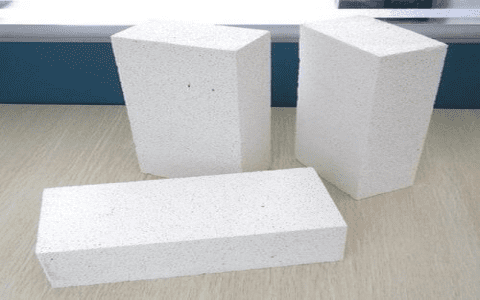Okay, here’s my story about replacing the fire bricks in my log burner:
So, I’ve got this log burner, right? It’s great, keeps the place warm and cozy in the winter, but lately I’ve noticed it’s not been working as well as it used to. I took a look inside and saw that the fire bricks were all cracked and falling apart. Time for some DIY!


First things first, I measured the inside of the burner to figure out what size bricks I needed. Then I went down to the local hardware store to see what they had. I found out that there are two main types of firebrick: hard brick and soft brick. And I learned a trick: denser the brick, the better it will hold up. After some browsing, I found some dense, high-quality cordierite bricks that can handle temperatures up to 2400 degrees Fahrenheit. They seemed perfect, and the size options were good too, so I picked up a set that matched my measurements.
Back home, I cleared out the old bricks. Man, they were in bad shape, crumbling as I pulled them out. It’s a wonder the burner was working at all! Once the old bricks were out, I gave the inside of the burner a good clean, getting rid of all the ash and debris.
Next, I started fitting the new bricks in. It was a bit like a jigsaw puzzle, but thankfully, I’d chosen the right sizes, so they fit in snugly. I made sure they were all sitting flat and tight against each other to prevent any heat from escaping through gaps. This is not just for my safety, but to keep the log burner efficient.
With the new bricks in place, I lit a small fire to test them out. I gradually increased the size of the fire, just to make sure the bricks could handle the heat without any issues. Everything seemed to be working great – the burner was heating up nicely, and there were no signs of cracking or damage to the new bricks.
- Assess the damage: Look for cracks or crumbling.
- Measure: Get the right size for replacement.
- Choose the right bricks: Opt for dense, heat-resistant ones.
- Remove old bricks: Carefully take out the damaged ones.
- Clean the area: Ensure no debris is left.
- Install new bricks: Fit them tightly.
- Test: Start with a small fire and gradually increase.
Now, my log burner is back to its old self, working efficiently and keeping the place toasty. It’s a good feeling to have done it myself and saved some money in the process. Plus, I know the job’s been done right, with quality bricks that should last for years. If you’re thinking about replacing your fire bricks, it’s not as hard as it looks – just make sure you get the right materials and take your time fitting them in. Trust me, a little elbow grease now will save you a lot of headaches later. And hey, if I can do it, so can you!



